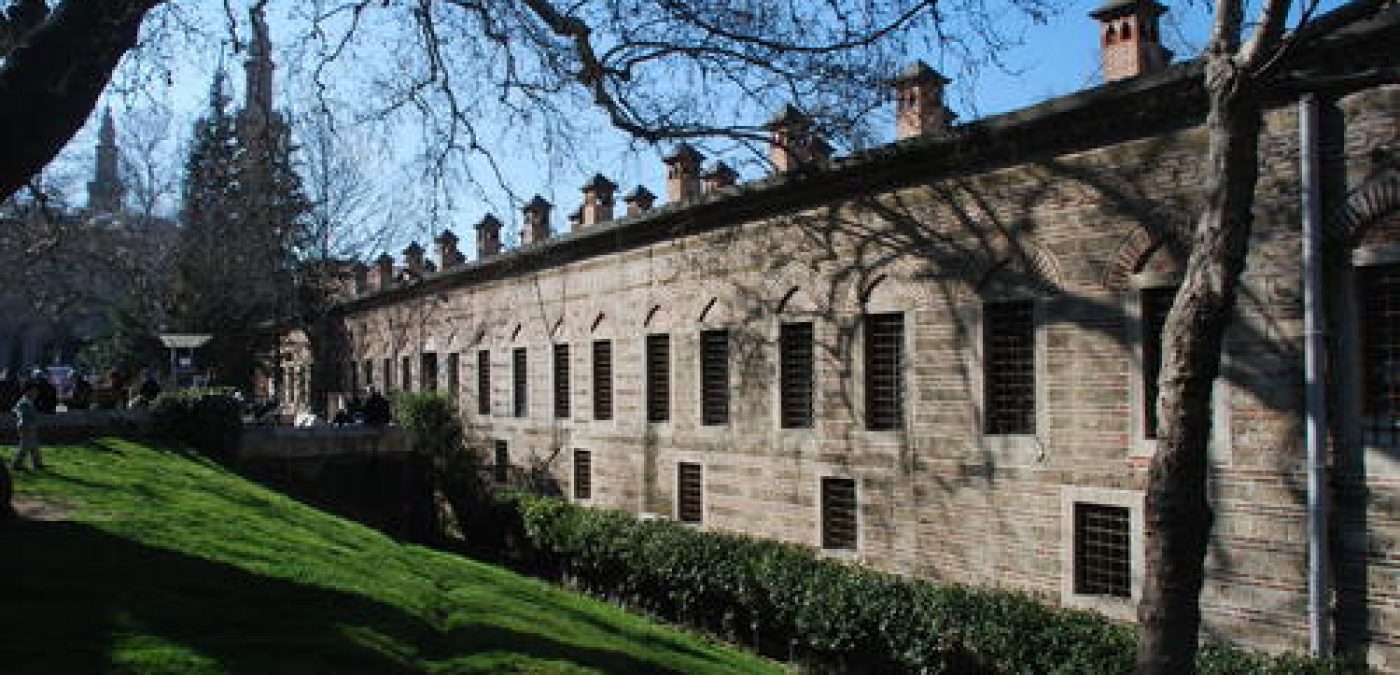4 July 2014
New member cities of the OWHC (2014)

The 38th Session of the World Heritage Committee ended on June 25, 2014, after 10 days of debates and conferences in the city of Doha, in Qatar.
During this session, 26 new sites were inscribed on UNESCO’s World Heritage List: 21 cultural sites, 4 natural sites, 1 mixed site and 4 extensions of sites that were already inscribed.
The Organization of World Heritage Cities is therefore proud to count among its members seven (7) new cities, thus increasing the number of cities to 262.
“As representatives of the Organization of World Heritage Cities, we are extremely pleased to welcome the cities of Bergama (Turkey), Bolgar (Russian Federation), Bursa (Turkey), Jeddah (Saudi Arabia), Erbil (Iraq), Gwangju (Republic of Korea) and Rotterdam (Netherlands). This year represents not only the opportunity for us to reach two new countries, but also to highlight the diversity of heritages that enrich and strengthen the positioning of the OWHC owing to new cultural and scientific knowledge. To our new members, we say Welcome to our prestigious group!” declared jointly Mr. Basilio Horta, president of the OWHC and mayor of Sintra, Portugal, and Mr. Denis Ricard, secretary general of the OWHC.
The city of Bergama in Turkey was recognized for its acropolis built under the Hellenistic Attalides Dynasty under which the city of Pergama (former name of Bergama) became one of the major centres of learning in the ancient world. The cultural landscape surrounding it is made up of tumuli and remains of the roman, byzantine and ottoman empires that succeeded each other in the Bakircay plain throughout the centuries. Criteria I, II, III, IV and VI were applied for the inscription of this cultural landscape.
The medieval city of Bolgar in Russia is a settlement of the Bulgarian nomad civilization of the Volga (7th – 15th century) and was the first capital of the Golden Horde in the 13th century. This site illustrates the central role of Eurasia in the formation of civilizations, the cultural traditions and customs throughout the century and is the symbol of the acceptance of Islam by the Bulgarians of the Volga in 922. It is still a place of pilgrimage for the Tatar Muslims. This ensemble is inscribed under criteria II and VI.
The city of Bursa in Turkey regroups eight sites that illustrate the creation of a rural urban system that is the foundation of the Ottoman Empire at the beginning of the 14th century The village of Cumalikzik, located outside Bursa, was included in the inscription to demonstrate the support given by the hinterland to the capital in this system that was founded by Ohran Ghazi. It is because this property illustrates the major functions of the social and economic organization of the new capital of the Empire that it was inscribed under criteria I, II, III, IV and VI.
The historic city of Jeddah in Saudi Arabia is still an active multicultural port city that was one of the major ports on the trading routes of the Indian Ocean starting from the 7th century, but also the port of entry for the pilgrims and the goods bound to Mecca. Jeddah was inscribed under criteria II, IV and VI.
The city of Erbil in Iraq was inscribed for its citadel built on top of an ovoid-shaped tell that rebuilt on itself through the centuries: written and iconographic records document that Erbil was formerly Arbela, an important Assyrian political and religious centre, but now it is a continuous wall of 19th century home facades that still conveys the visual impression of an impregnable fortress, dominating the city. The citadel is inscribed under criteria IV.
The city of Gwangju in Republic of Korea has been distinguish because of the town of Namhansanseong who was the emergency capital for the Joson Dynasty (1392-1910). Built in a mountainous site and defended by Buddhist monk-soldiers, it could accommodate up to 4,000 people. Its earliest remains date from the 7th century and it was rebuilt based on the changes in the art of fortification, in particular following the introduction from the West of weapons using gunpowder. This symbol of the Korean sovereignty was inscribed under criteria II and IV.
The city of Rotterdam in the Netherlands received the construction in the 20’s of the Van Nelle Factory, a jewel of the industrial architecture of the 20th century. This group of factories applies on a wide scale the principle of the “curtain wall”. The factory was designed as ideal: this is why light is used for comfort at work, it is open to the outside, and the inside space evolves according to the needs. This factory is a symbol of the modernist and functionalist architectural culture of the interwar period; it is inscribed under criteria II and IV.


